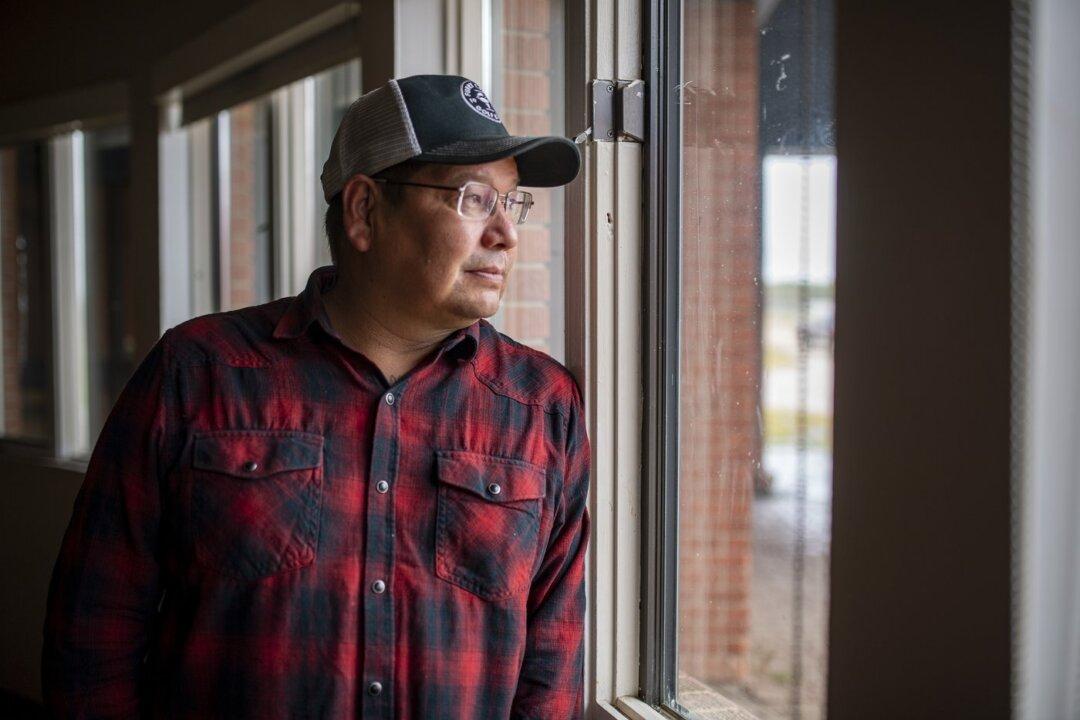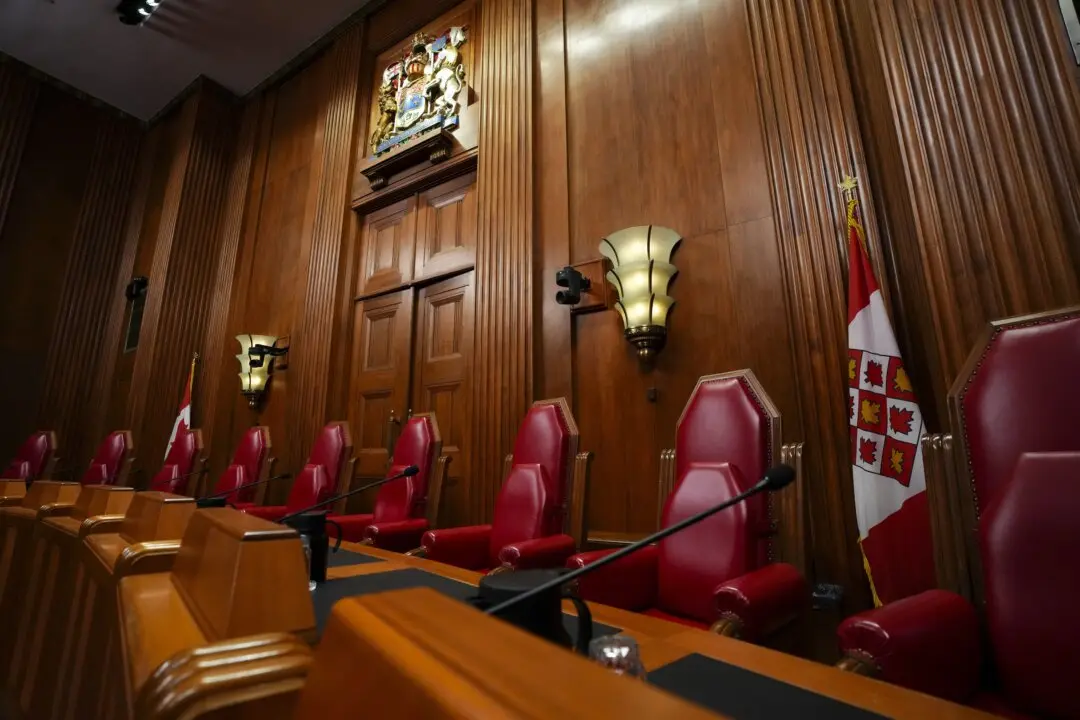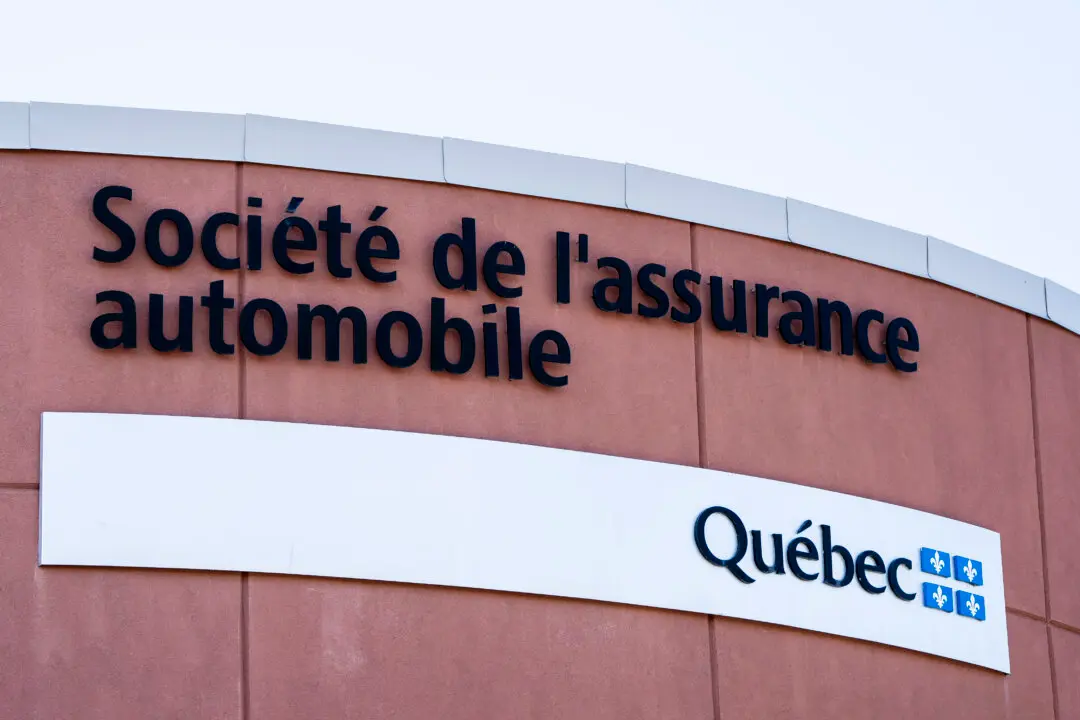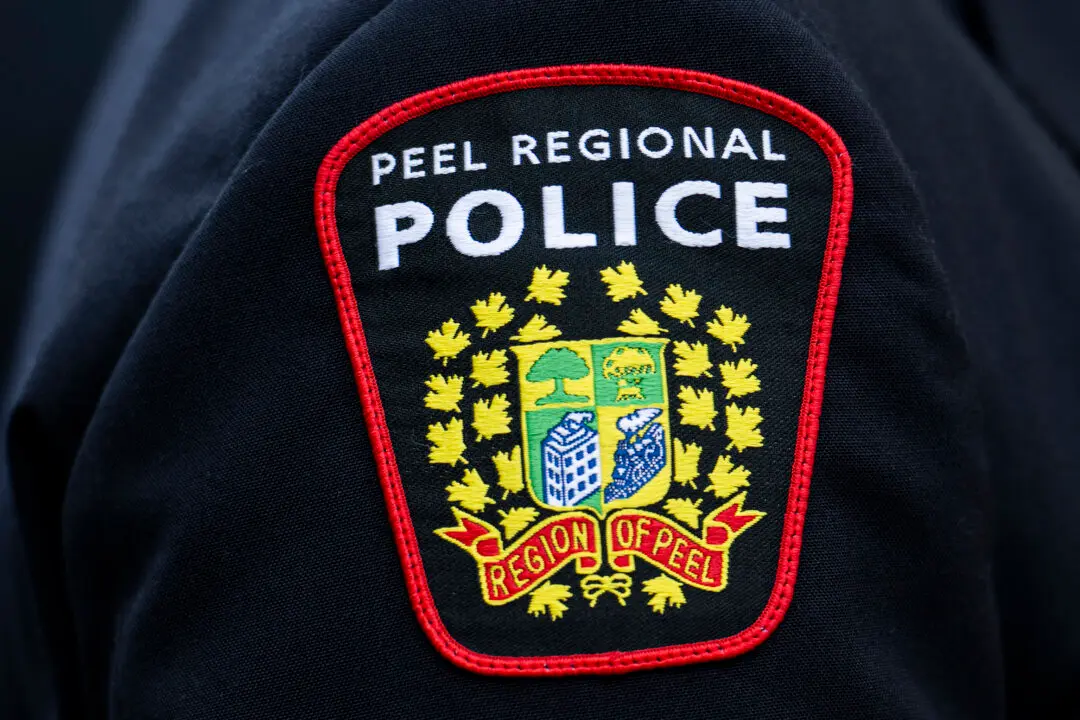The chief of a Saskatchewan First Nation says he knows wounds will likely be torn open as his community prepares to revisit the day a mass killer went door to door stabbing people.
“Our community is still grieving,” says Chief Wally Burns of the James Smith Cree Nation, northeast of Saskatoon.





